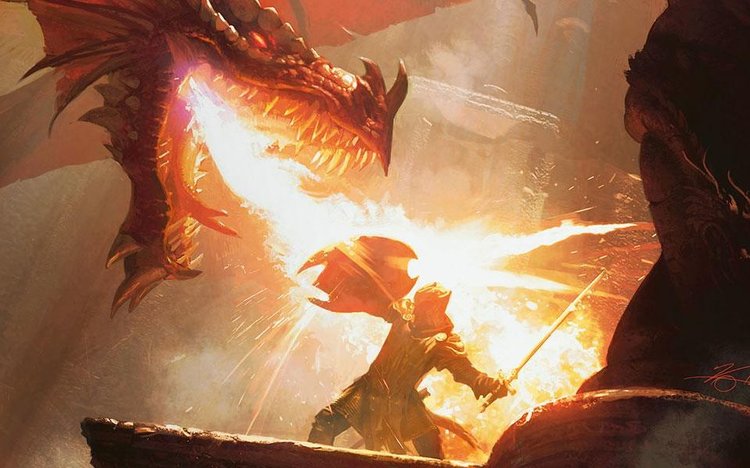D&D: Oath of Redemption Paladin


Let’s round out the week with one last look at the Xanathar’s Guide Subclasses.
The weekend is upon us, so here, why not have one more preview of Xanathar’s Guide to kick off the celebration? Today we’ve got the Oath of Redemption Paladin. A Holy Warrior whose entire existence is devoted to doing whatever can be done to bring back people who have wandered down a dark path and helping them to see the light. It’s another take on the classic “warrior for good” (and a really cool one at that) that’s a little more about nurturing good and kindling hope where there is none.
Paladins of the Oath of Redemption are warriors for peace. You can think of them as Jedi, essentially–they go into combat unarmed, they have martial and magical prowess, and follow a strict code–though the Oath of Redemption is a little more openly altruistic than the Jedi Code. I mean, compare:
There is no emotion, there is peace;
There is no ignorance, there is knowledge;
There is no passion, there is serenity;
There is no chaos, there is harmony;
There is no death, there is the Force.
To the Redeemer’s Oath:
Peace. Violence is a weapon of last resort. Diplomacy and understanding are the paths to long-lasting peace.
Innocence. All people begin life in an innocent state, and it is their environment or the influence of dark forces that drives them to evil. By setting the proper example, and working to heal the wounds of a deeply flawed world, you can set anyone on a righteous path.
AdvertisementPatience. Change takes time. Those who have walked the path of the wicked must be given reminders to keep them honest and true. Once you have planted the seed of righteousness in a creature, you must work day after day to allow it to survive and then flourish.
Wisdom. Your heart and mind must stay clear, for eventually you will be forced to admit defeat. While every creature can be redeemed, some are so far along the path of evil that you have no choice but to end their lives for the greater good. Any such action must be carefully weighed and the consequences fully understood, but once you have made the decision, follow through with it knowing your path is just.
This one is a little more actively about working some good in a world that is full of monsters who are woven together out of literal evil. It’s an interesting challenge to be sure, especially if you want to try to redeem a creature like a Red Dragon, say.
But they have some fairly decent abilities. It doesn’t sound like they’ve changed much since the last time we saw them–so as a brief rundown, Redemption Paladins are all about being warriors who give their enemies the chance to turn away from their dark ways. But who can bring some fairly powerful abilities to bear when they are faced with foes who will not yield.
Of the subclasses we’ve seen, this one feels the most like its mechanics really fit the story of it. If Redeemers are all about bringing peace–so too are their abilities. They are a base AC of 16+Dex as long as they’re not wearing armor or holding a shield. When fighting, they can Channel Divinity to either give themselves a bonus to Persuasion for a minute, or to rebuke a creature to take the damage it’s just dealt to another creature (both of which are a little underpowered compared to other Paladin Oaths, but very much in theme). And at higher levels they gain the ability to take some of the damage dealt to other creatures, then to regain hit points once they’re under half health, and at the very end, they rebuke creatures who attack them and suffer only half damage from attacks.
But the main feature of these Paladins is that if they spare the life of a defeated foe, they can automatically charm their enemy, leaving them docile enough to have a chance to hear another lecture about how they should abandon their evil ways.
And that’s the Redemption Paladin. It sounds like they’re a replacement for that pacifist Monk that was making the rounds previously as well–which seems to be working out. All this talk of subclasses has me wondering: what do your parties typically look like? It’s the weekend, which means that (hopefully) you’re going to be gaming. What does your party makeup look like, and how do you think they’ll change once Xanathar’s Guide comes out?
Tell us about your character in the comments! And happy adventuring!




